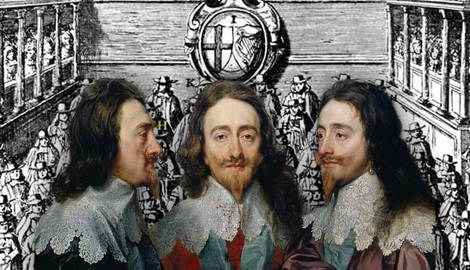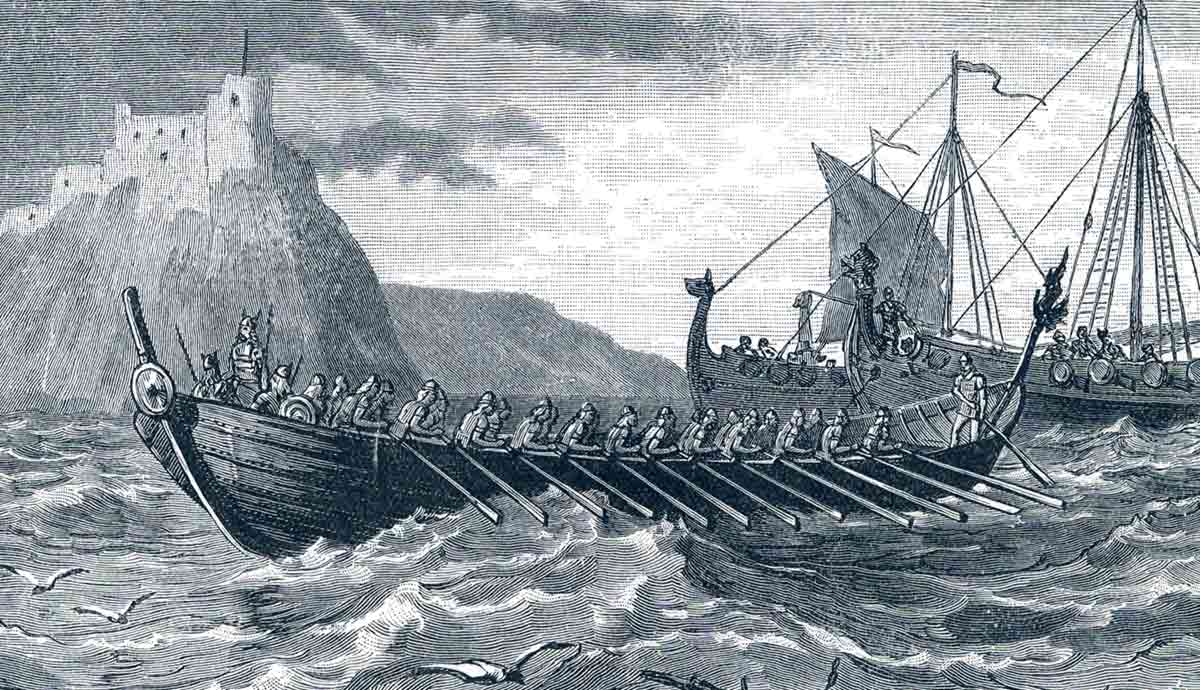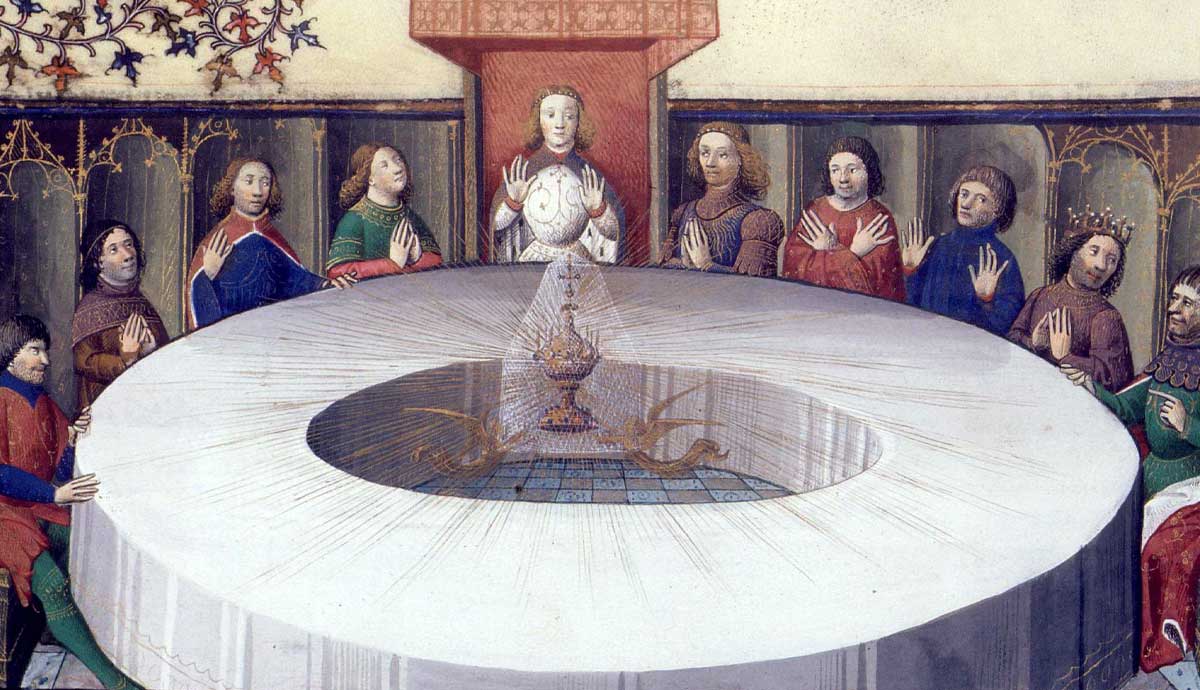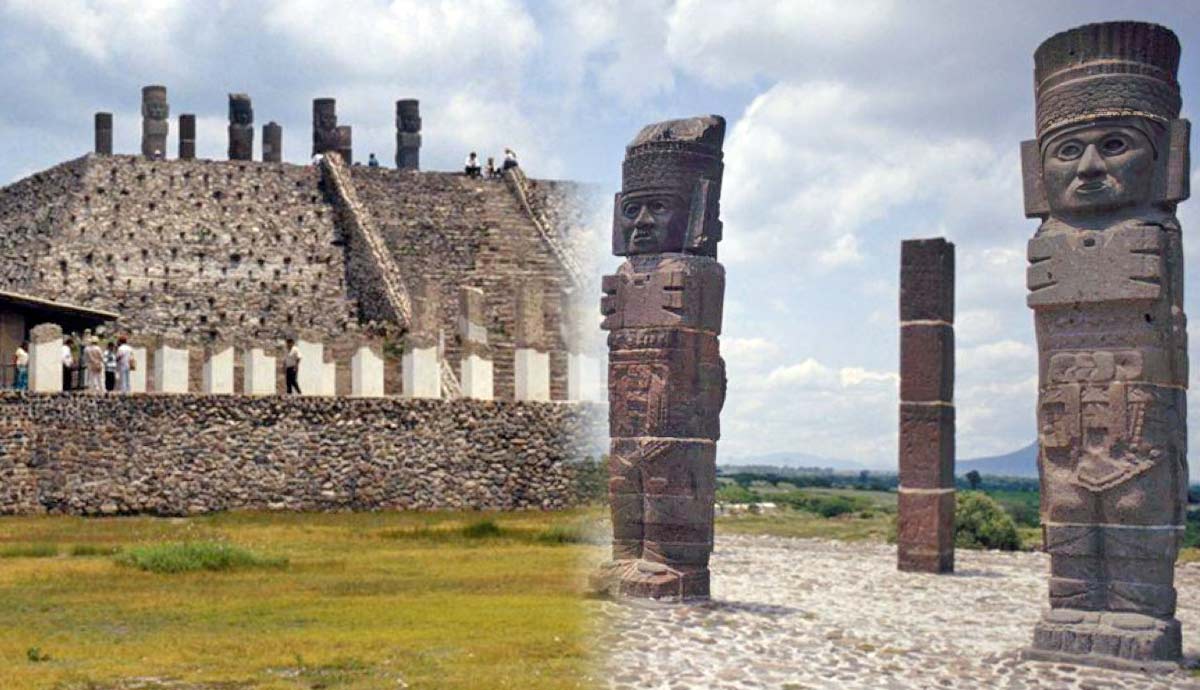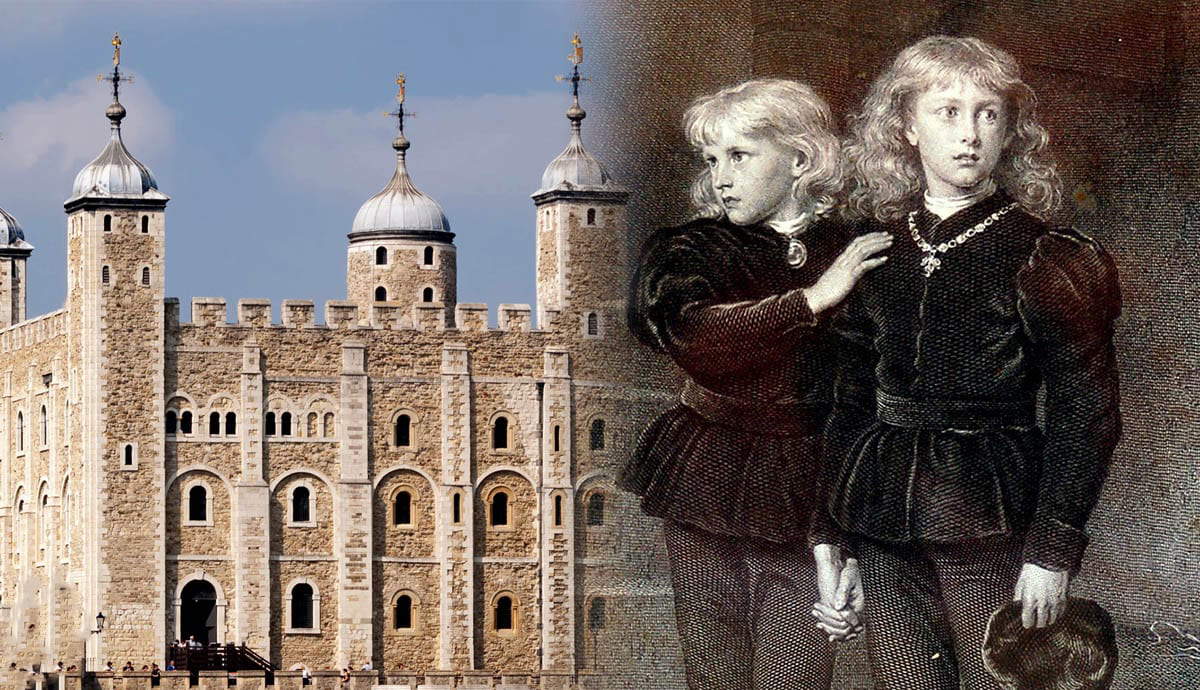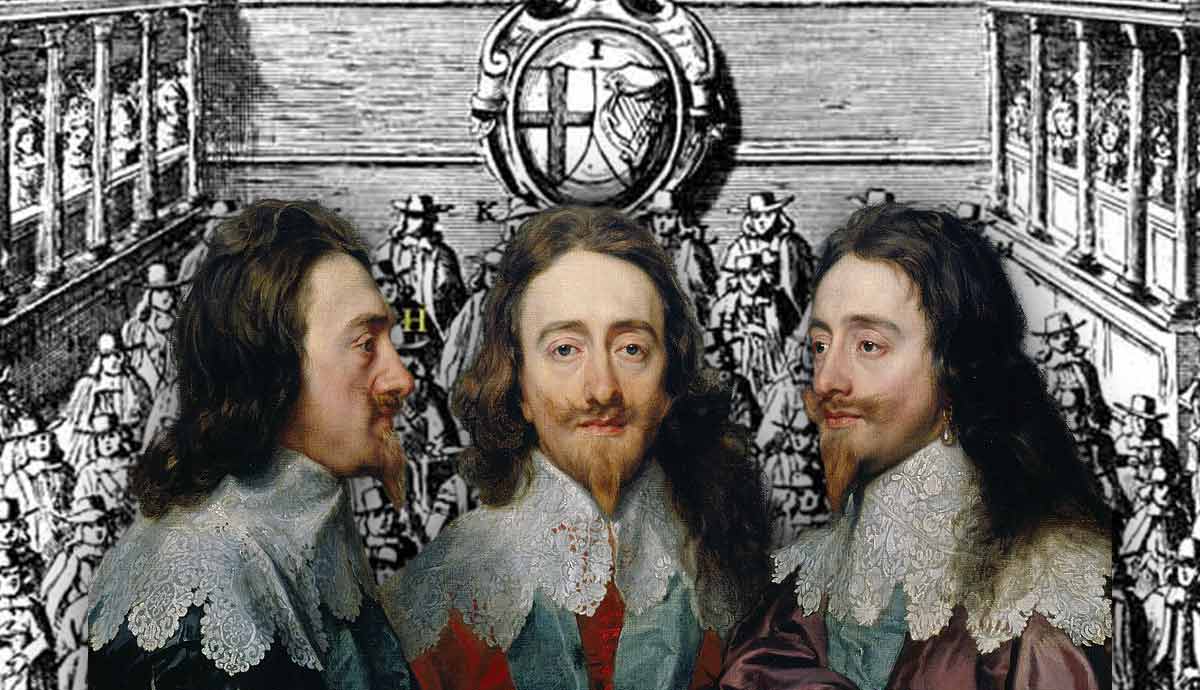
Everyone knows that King Charles I was the least successful of England’s many Kings and Queens. The idea is traditional, well-argued, and practically undisputed. The view that Charles’s rule was a complete failure, from start to finish, is shared by many notable modern historians. Perhaps it is time to consider the alternative. In this article, we will take a moment to explore the controversial idea that King Charles I was a competent King; that he was not so bad after all.
King Charles I: Forever Condemned?

Historian Barry Coward once described King Charles I as “the most incompetent Monarch of England since King Henry VI.” Robert Hutton went a step further, claiming that King Charles I was “the worst King since the Middle Ages.” John Phillips Kenyon managed to explain the reputation of King Charles I—effectively and without bias—in a few simple words: “Charles Stuart was a man of contradiction and controversy.”
We may ask ourselves, was King Charles I really the worst King since King Henry VI, or even since the Middle Ages? Is he really deserving of the title of England’s Worst King? Is it possible that King Charles I lost his throne, and later his head, through no particular fault of his own? Is it unreasonable to argue that he was actually no worse than any other Monarch England had ever known? In order to arrive at a fair conclusion, we must venture back to the beginning of the story and evaluate both sides of the argument from a neutral perspective.
King Charles I: A Most Incompetent King?

King Charles I. This poor Stuart Monarch is often mentioned in the same breath as the other traditionally unsuccessful Kings and Queens of England: Ethelred the Unready, King John, Edward V, Richard III, King Henry VIII, Lady Jane Grey, and King Edward VIII. They all make it onto the long list of unfortunates and disappointments. These are the figures who have been, whether fairly or unfairly, labeled by historians as Britain’s Royal failures.
Why are they on the list? Ethelred the Unready lost his Kingdom to the Danish invader, Sweyn Forkbeard, and went down in history as the ill-advised or ill-prepared. King John signed the Magna Carta in 1215, and in doing so established the rule of law that limited the power of any King of England. Staining his reputation even further, it was he who was responsible for losing the original crown jewels in an estuary known as “the Wash.”

King Edward V was never crowned and is remembered only as one of the ill-fated Princes in the Tower. Not only did Richard III lose his Crown at the Battle of Bosworth Field, but he has also gone down in history, perhaps wrongly, as a nephew-killing usurper.
Jane Grey was Queen for only nine days. King Henry VIII is now remembered only for his inability to keep a wife. Centuries later, Edward VIII put his heart before the throne and abdicated in order to marry Wallis Simpson, the woman he loved.
And finally, what about King Charles I? What did he do to earn such a poor reputation? It is no secret that he also lost his crown. But things were slightly worse than that. You see, Charles was executed after being tried for treason — the only King in British history ever to have the honor. Could this be why King Charles I has been singled out as the biggest failure of all?
Why Is King Charles I Remembered as a Failure?

On the 13th day of January during the year 1649, British history was made. At two o’clock in the afternoon, on a particularly cold winter’s day, King Charles I was executed outside the Banqueting House of Whitehall. Even in the 21st century, this event is still considered by many historians as one of the most significant and controversial in British History.
When King Charles I appeared before the crowds, he was described by his loyal servant, Thomas Herbert, as “the saddest sight he ever saw.” Despite his sorry appearance, King Charles I went bravely to his death. Notably, he even requested a second shirt. Moments before his execution, he was determined that he should not tremble before the audience; neither from the cold nor from fear.
His only comfort was that he had spent his last days and nights residing at Saint James Palace, accompanied by his most loving and loyal friends, and he had even been granted a final visit from his children. After the death of King Charles I, Oliver Cromwell took his Place as the newly styled Lord Protector of the Realm.

The Dutch Diplomat, Abraham de Wicquefort, recorded the progression of events that followed. “Immediately after the death of the late King,” he began, “Oliver had no sooner made himself Sovereign, under the Quality of Protector, than all the Kings of the Earth prostrated themselves before this idol.”
And that was that; the supposed end of an era of Kings and Queens who enjoyed Royal rule. This is what King Charles I is remembered for; losing his throne, his crown, and his head. Had it not been for the restoration of the Monarchy, King Charles may very well have lost the throne for all the Kings and Queens of England who were yet to come.
What Did He Do Wrong? (Four Notable Reasons For His Unpopularity)

There are several reasons why King Charles I became unpopular, and gained such a bad reputation, throughout his reign. The first notable reason was that King Charles I was married to a dedicated Catholic, and many thought he harbored Catholic tendencies and sympathies himself.
Due to his great love for Henrietta Maria, many people in England thought that he was heavily influenced by her beliefs. Just five years after their wedding, King Charles I began his campaign to make great changes to the established Protestant Church — to make the Church of England feel more Catholic. Extreme Protestants—now known as Puritans—began to retaliate. They even wrote pamphlets attacking both the Church and the monarchy.
The second notable reason was that King Charles I did not let the Scots have their own prayer book. Sometime during the year 1637, King Charles I decided that everyone in Britain should be using the English prayer book, and that included the Scottish population. When they refused, he sent an army to force them. This made him hugely unpopular in Scotland and lost much of his Northern support.
The third notable reason was King Charles I’s lack of interest in public welfare. King Charles I lost much of his support from the common people due to his seeming lack of interest in public welfare issues. Such issues included the imposition of drainage schemes in the Fens, which affected many thousands of people.

Finally, the last notable reason is that King Charles I dissolved Parliament. King Charles I believed strongly in something called the Divine Right of Kings. He knew that he had been appointed by God to rule over England, and truly believed that nobody had the right to question him. His decisions, on all and any matter, were final and should not be challenged. Essentially, he and his family were above the law.
When faced with any opposition, King Charles I dissolved Parliament. When Parliament is dissolved, a monarch rules alone. Dissolution is the official term for the end of a Parliament, and therefore when it occurs, every seat becomes vacant. The formal end to the parliamentary session is called prorogation.
King Charles I dissolved Parliament three times within the first four years of his rule; the last dissolution lasted eleven years. This period is known as the personal rule of King Charles I.
Interestingly, on June 15, 1626, when King Charles I dissolved parliament for the second time, he was asked by a group of peers if he would consider delaying the dissolution; King Charles I replied, “Not by a second.”
What Did He Do Right? Notable Accomplishments

The first notable accomplishment of King Charles I was his successful development and improvement of the organization of the Royal Navy. It is likely that King Charles I inherited his deep interest in the Royal Navy from his father. Throughout his reign, King James I had worked greatly on its expansion.
Following in his father’s Kingly footsteps, King Charles I continued this work by investing in shipbuilding, purposely increasing the number of warships in Britain, and improving the rule and organization of members of the Royal Navy.
King Charles I was one of the first Kings to truly appreciate Britain’s Naval capability, and so he made every effort to strengthen it further. He also recognized the importance of a navy, not only for border security but also for the protection of foreign trade.

Secondly, King Charles I had great success in creating lasting peace. Unlike many of his predecessors, King Charles I was focused on peace rather than on war. He had a particular interest in bringing about and maintaining tranquillity in England. He successfully brought about the signing of two significant Treaties: the Treaty of Susa in 1629 and the Treaty of Madrid with Spain in 1630.
Together, these two Treaties effectively ended England’s involvement in the costly and unwanted Thirty Years War, which had become an undoubted drain on British finances and resources.
King Charles I managed to secure a period of peace that allowed him to focus on what really mattered to him; the Kingdom of Britain. An end to foreign warfare meant that Charles could concentrate on the business that concerned him. Even more importantly, he could redirect the funds that were being used for the military, and in doing so secure greater economic stability in England.

The third notable accomplishment of King Charles I was his levying of the Ship Money Tax. This point could be seen as controversial; the levying of the Ship Money Tax could be seen as a disaster as equally as it could be seen as an achievement. The Ship Money Tax was a simple method of raising funds. The tax was collected from coastal towns in Britain; the money was used to support the maintenance and expansion of the Royal Navy. This tax was thrust upon the innocent people who happened to live beside the sea and it was thought that this would be a cause close to their hearts.
However, while the King’s people had willingly paid the tax during wartime, they were surprised to find themselves still paying up when peace had arrived and settled. To say that this was a source of controversy may be an understatement.
The tax undoubtedly contributed to the strengthening of England’s Naval defenses, but it also eventually became a point of contention. The people wondered if this could have been an abuse of Royal power.
The fourth notable accomplishment of King Charles I was his patronage of arts and architecture. This accomplishment may seem frivolous compared with the other issues of the era, but King Charles I’s patronage of the arts has contributed significantly to the history of the British Royal family. The collection of art that Charles acquired throughout his life and reign laid the foundation for what has since become known as the Royal Collection, the largest collection of privately owned art in the world.

Between the years of 1627 and 1628, King Charles I purchased the entire art collection of the Duke of Mantua, which included pieces by Titian, Raphael, and Caravaggio. His collection grew further, and he later acquired works by Holbein, Tintoretto, Durer, and Rembrandt. By the time of his death, King Charles I owned a collection that was estimated to include nearly 1,800 paintings.
King Charles I also had a great interest in architecture and made an outstanding impact on the landscape of England. He commissioned the construction of several buildings, many of which are still treasured by the people of Britain in the 21st century.
One of the most famous of King Charles I’s commissions is the Queen’s House in Greenwich, which was designed by the famous and renowned architect Inigo Jones. Another fine example is the Banqueting House in Whitehall, which was also designed by Inigo Jones but is even more famous for its elaborate ceiling painted by Peter Paul Rubens.

Finally, King Charles I promoted religious tolerance in England. Throughout his reign, the level of religious tolerance and accommodation in Britain changed dramatically. As we know, issues surrounding the Christian religion had been major problems throughout British history, and therefore the efforts Charles made to remedy any potential problems should not be underplayed.
For example, in 1633, King Charles I issued the Declaration of Sports, which permitted certain recreational activities to be performed on Sundays after Church services. This may seem like a small gesture, but it held significant meaning for 17th-century Church-goers.
The declaration struck a fine balance between religious observance and allowing people some leisure time and entertainment; Charles was making a point. He was generous, he was lenient, and he was keen to reduce religious tensions in any way he could.
The Opinion of a Fellow Monarch: Queen Victoria on King Charles I

As a young woman, Queen Victoria (who ruled between 1837 and 1901), took a great interest not only in King Charles I but also in his ill-fated daughter, Elizabeth Stuart (1635-1650). Elizabeth Stuart’s story was a particularly sad one which is perhaps why Queen Victoria took pity on her.
After her father’s execution, Elizabeth was moved by the New Parliament, ruled by Oliver Cromwell, to the Isle of Wight. However, during the journey, Elizabeth caught a cold which quickly developed into pneumonia. She died in September at Carisbrooke Castle, and with a blatant lack of respect, her gravestone was marked only with the initials ES.
It is obvious that Queen Victoria took exception to this ill-treatment of her fellow royals. 200 years later, she commissioned a white marble statue of Elizabeth and a plaque that reads: “To the memory of the Princess Elizabeth, daughter of King Charles I, who died at Carisbrooke Castle on the eighth of September 1650, and is interred beneath the Chancel of this Church, this monument is erected as a token of respect for her virtues and in sympathy of her misfortunes, by Victoria R.”
The Lasting Legacy of King Charles I

The lasting legacy of King Charles I is a testament not only to his life and reign but also to his character. Despite being labeled as one of the great failures of British history, a daily remembrance of him is kept by thousands, whether they are aware of it or not.
Perhaps most famously of all, a statue of King Charles I stands proudly at Charring Cross in London. Even to this day, its location is considered the center point of London. Historically, Charring Cross has been used to define the heart of the city, and a plaque near the statue indicates that road signage distances to London are measured from that exact point.
In this fine depiction by the French sculptor Hubert Le Sueur, Charles sits on his horse and looks towards his place of execution. From there, Charles watches the city of London as it moves and changes throughout the centuries.
An inscription beneath King Charles I’s statue reads: “This bronze statue was made in 1633 for Lord Treasurer Weston by Hubert Le Sueur; it was acquired for the Crown and set up here in 1675; the carved work of the pedestal being executed by Joshua Marshall.”
On Saturday the 6th of May in 2023, another man called Charles was crowned King of England. King Charles III was crowned at Westminster Abbey; he was the 40th Monarch to be crowned King in that location since 1066. During his Coronation procession, it was necessary for King Charles III to pass the King Charles I statue directly in his carriage. This was the precise moment that photographers and cameramen took advantage of, much to the satisfaction and delight of history enthusiasts.

One King watched another en route to his Coronation; it was almost as if he were giving him his blessing. Viewers held their breath as they watched. The moment was so rare, so moving, so poignant, and so patriotic that it brought tears to the eyes of the nation.
King Charles I is also remembered annually in Parliament. His unprecedented 1642 invasion of the House of Commons Chamber (a violation of the liberties of Parliament and his unsuccessful attempt to arrest five members of Parliament) is annually commemorated at the state opening of Parliament.
The life and reign of King Charles I has also inspired many works of non-fiction, including White King: Charles I, Traitor, Murderer, Martyr, by Leanda de Lisle (2018), The Fall of Charles I, by Jane Hayter-Hames (2022) and Charles I’s Private Life, by Mark Turnbull (2023).
A particularly amusing portrayal of King Charles I can be found in the Horrible Histories series, Slimy Stuarts.
King Charles I: Was He or Wasn’t He England’s Worst Monarch?

Although some historians may not yet have been convinced that King Charles I was a good King, maybe it is time to at least consider the idea that he did possess many of the good qualities essential for a successful rule.
One more recent historian who has been convinced of King Charles I’s successes as King is Kevin Sharpe, who devoted much of his academic work to improving the reputation of Charles’s life and reign. Sharpe described Charles as “a dynamic man of conscience.”
Unfortunately, it is likely that the nature of his ultimate undoing will ensure he remains known, throughout the centuries to come, as the worst Monarch England has ever known. This does not change the fact that, according to most sources, King Charles I was a genuinely kind and likable person. For a king of his era, he had an unusually happy marriage. He harbored a great love for his wife, Henrietta Maria of France. He was an excellent husband and a loving father to his many children. He also had a strong faith and was determined to stand up for what he believed in.
He was united with all the Kings that had gone before him in knowing that, “Princes are not bound to give account of their actions, but to God alone.” William Laud, the Archbishop of Canterbury and Head of the Church of England described King Charles I as “a mild and gracious Prince who knew not how to be, or how to be made great.”
Maybe this is how King Charles I should be remembered: as a polite, refined, determined, loyal, clever, and accomplished man who had all the makings of a good King, but who had been dealt the misfortune of ruling at a time of major conflict and great change in Britain.
